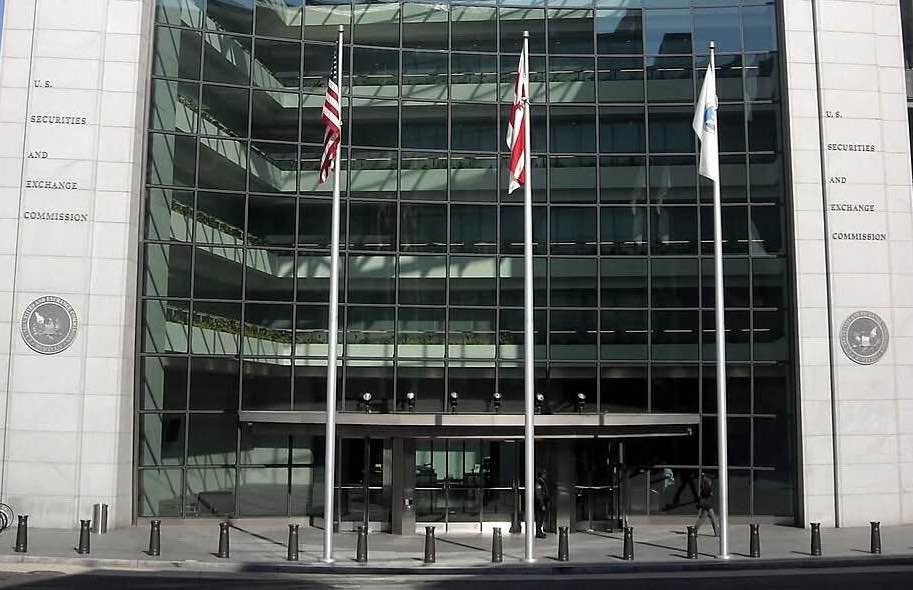Stablecoins and central bank digital currencies (CBDCs) have been eyed by various governments as potential solutions to deficiencies in remittances, cross-border payments, and financial inclusion in emerging market and developing economies (EMDE). However, the Bank of International Settlements (BIS) pointed out that these financial tools are yet untested and might introduce risks into the financial system.
In a recently published report titled “What does digital money mean for emerging market and developing economies?,” the BIS identified three key challenges facing traditional finance in serving retail consumers that might have prompted monetary authorities in EMDEs to look for alternatives such as CBDCs and stablecoins. “Several EMDE authorities are weighing the potential costs and benefits of central bank digital currencies (CBDCs),” the Switzerland-based organization noted.
One issue is that financial institutions usually require a bank account to access their services or might be located too far away from users. “The poor often lack the proper documentation to comply with banks’ customer due diligence (CDD) requirements,” BIS said. “In some cases, they live too far from a bank branch, or find the maintenance costs or minimum balances too onerous.”
Another issue is that traditional banks usually charge higher fees and are viewed with distrust by some customers. “Together with households’ recollection and past experiences of costly banking and financial crises, banking sector concentration can contribute to a lack of trust in the formal financial system,” the organization explained.
Remittances to EMDEs ballooned to $551 billion in 2019 but retail customers still face the high cost of cross-border remittances coursed through traditional financial channels. “Yet it still costs about $14 on average to send $200 back home,” the BIS said. “This is largely because of the need to convert remittances from and to cash on both sides of the transaction (also known as “cash-in, cash-out”),”
Crypto-assets, stablecoins, and CBDCs are seen as potential solutions that might address these challenges. Transferring money through cryptocurrencies does not require a bank account, is low-cost due to the absence of intermediaries, and can be received almost instantaneously. In addition, the use of CBDCs and stablecoins, which are basically crypto backed by more stable assets, removes the risk of price volatility common in major digital currencies such as Bitcoin (BTC) and Ethereum (ETH).
“Stablecoin arrangements aspire to improve financial inclusion and cross-border remittances – but they are neither necessary nor sufficient to meet these policy goals,” the BIS wrote. The organization pointed out that they haven’t yet been tested at scale and that it’s not yet certain if they “offer lasting competitive advantages” over other digital payments services such as e-money, mobile banking, and improvements made on existing transfer systems such as the SWIFT gpi. In fact, the organization said that stablecoins might introduce new challenges and pose new risks for EMDEs.
While a number of central banks worldwide are already considering the issuance of a CBDC, the BIS also questioned the need for such projects and pointed out that CBDCs present their own policy challenges for EMDE authorities. “While research is ongoing, it is not yet clear whether CBDCs are necessary or desirable for all jurisdictions,” the report concluded.
























Comment 8